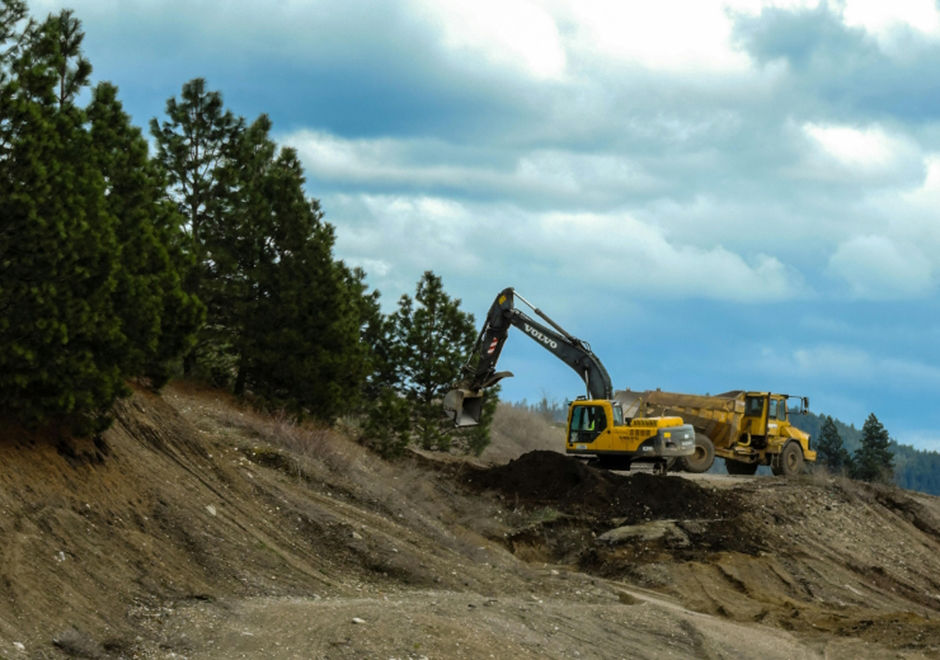Tips On Planting Vegetables This Spring
- P. R. Weldhen
- Apr 14, 2022
- 2 min read

As Spring rolls around, your garden should be primed and ready for another season of sowing seeds, growing, picking vegetables and making the most of the improved weather as we edge closer to summer. Now is the ideal time to start making preparations for your vegetable plants, and here, we provide essential tips for planting vegetables in your own garden this Spring.
Carrots
Homegrown carrots are fresh, tasty and bright orange, with their distinctive shape and colour a classic staple of almost every vegetable plot the world over. Typically, carrot seeds are sown between late March and early June and are ready to be picked around 10 weeks later. Extremely easy to grow, sow your carrot seeds thinly along the bottom of a seed drill at about 5-8cm intervals, cover with soil, and water well. Aim to keep your soil weed-free and water occasionally, or when your soil is noticeably dry.
Beetroot
Beetroot’s distinct deep, rich purple colour is instantly recognisable, but it’s not just this unique appearance that beetroot offers, in fact, the benefits are fairly considerable. Easy to grow and highly versatile, (beetroot can be boiled, pickled or eaten raw), beetroot is packed full of essential vitamins A, B6, C and K, as well as being packed full of iron, magnesium and potassium. You should sow your beetroot seeds from mid-April to late June outdoors in a shallow drill around 1cm deep. Space your beetroot seeds roughly 10cm apart, with 30cm between rows.
Spinach
Although not quite offering ‘Popeye’ levels of energy, spinach is well-known to be high in nutrients and minerals that support a healthy heart, bones and immune system, boosting energy levels and even improving vision. An excellent source of Vitamin K, magnesium, calcium, iron and phosphorous, spinach can be wilted, cooked or eaten raw. Spinach should be planted in well-prepared fertile soil in sunlight, sow the seeds around 1-2cm deep, then cover with soil and water. Spinach should be ready to harvest within 6-10 weeks of sowing.
Kale
An increasingly popular “superfood”, kale belongs to the same family as Brussel sprouts, broccoli and cauliflower, providing high levels of vitamins, minerals and antioxidants. Kale is believed to offer up to 113% of your daily vitamin A intake alone, with high quantities of fibre, more iron than beef and greater vitamin C levels than an orange. You should plant your kale seeds in a small seedbed, away from your vegetable plot, in a firm, well-drained, but moist soil, from around mid-March to June in sun or light shade. You will need to transplant your seedlings 6-8 weeks after you have sown the seeds, moving them from their small seedbed and into the larger vegetable plot for continued growth.
At P.R Weldhen Plant Ltd, we’re a leading topsoil supplier operating across Newquay, supplying topsoil for trade customers, professional landscapers and gardeners. Our topsoil is ideal for garden borders, vegetable planting, turfing and more. If you’re looking for high-quality topsoil for your commercial or domestic project, contact our team today.




Comments